If you would like to contact our solar panel provider, click here to email them.
I’ve written before, about how a freak car accident, back in 2011, altered the trajectory of my life. Having to suddenly get a new (to me) car, without having money saved for a big down payment, pushed me into trying various inexpensive (i.e. cheap) used cars. I was a Lexus snob back then and the idea of driving Corollas, Priuses (Prii?) and their ilk sickened me.
- Then we got a Chevy Volt,
- and a 2nd Volt (we ReVolted),
- I started blogging about my “Journey,”
- I drove across country to visit the Chicago Auto Show to check out EVs and hybrids,
- I tried selling renewable energy in Texas,
- I attempted to help my dealer on National Plug-in Day,
- Went to work, selling Volts, as the Evangelist,
- We decided to downsize our home, to reduce our carbon footprint,
- We investigated getting solar panels, before buying the new home,
- Our homeowner’s association turned down our request for solar panels,
- We bought battery-powered lawn equipment,
- We replaced our two leased Volts with purchases of a 2014, a 2015 and a lease on a 2017,
- and today, something I’ve been waiting for, for thirty years (or so), occurred…
OUR SOLAR PANELS ARE INSTALLED AND ARE OPERATIONAL!!!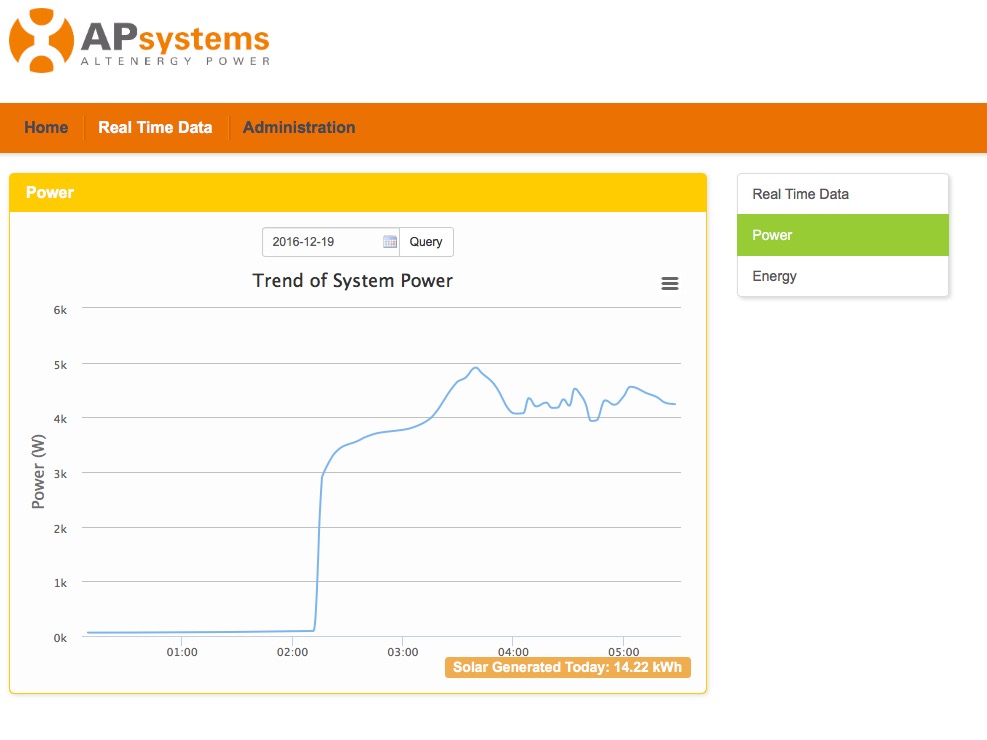
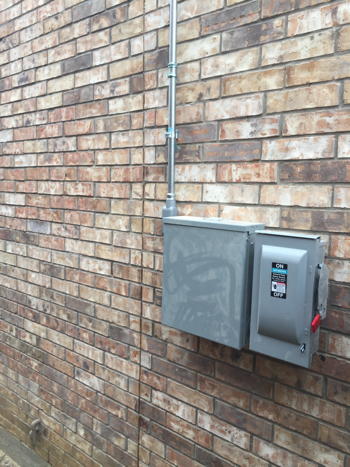
We have completed the final inspection, by the city. The electricity deliver service, Oncor, has reprogrammed our meter to allow our electricity provider to credit our account for the electricity we generate. The last step is for our electric provider to move our account over to a “solar plan.” Today, I started the system, just to make sure everything was working and the image above is the live energy report of the test.
At least three neighbors have told my wife that they’d like information on our panels, as they have been considering them, too. Although we’ve seen vehicles from solar panel providers in the neighborhood, we were the first to take the leap.
Due to our roof layout, our solar panels have been split into four groups. To maximize output of the system, we have one micro inverter for every two panels. If shade falls on a panel, unlike systems with just one inverter, the output of the remaining panels remains high. Single inverter systems would reduce the output of the panels in full sunlight to match the output of the one in the shade (or so I’m told).
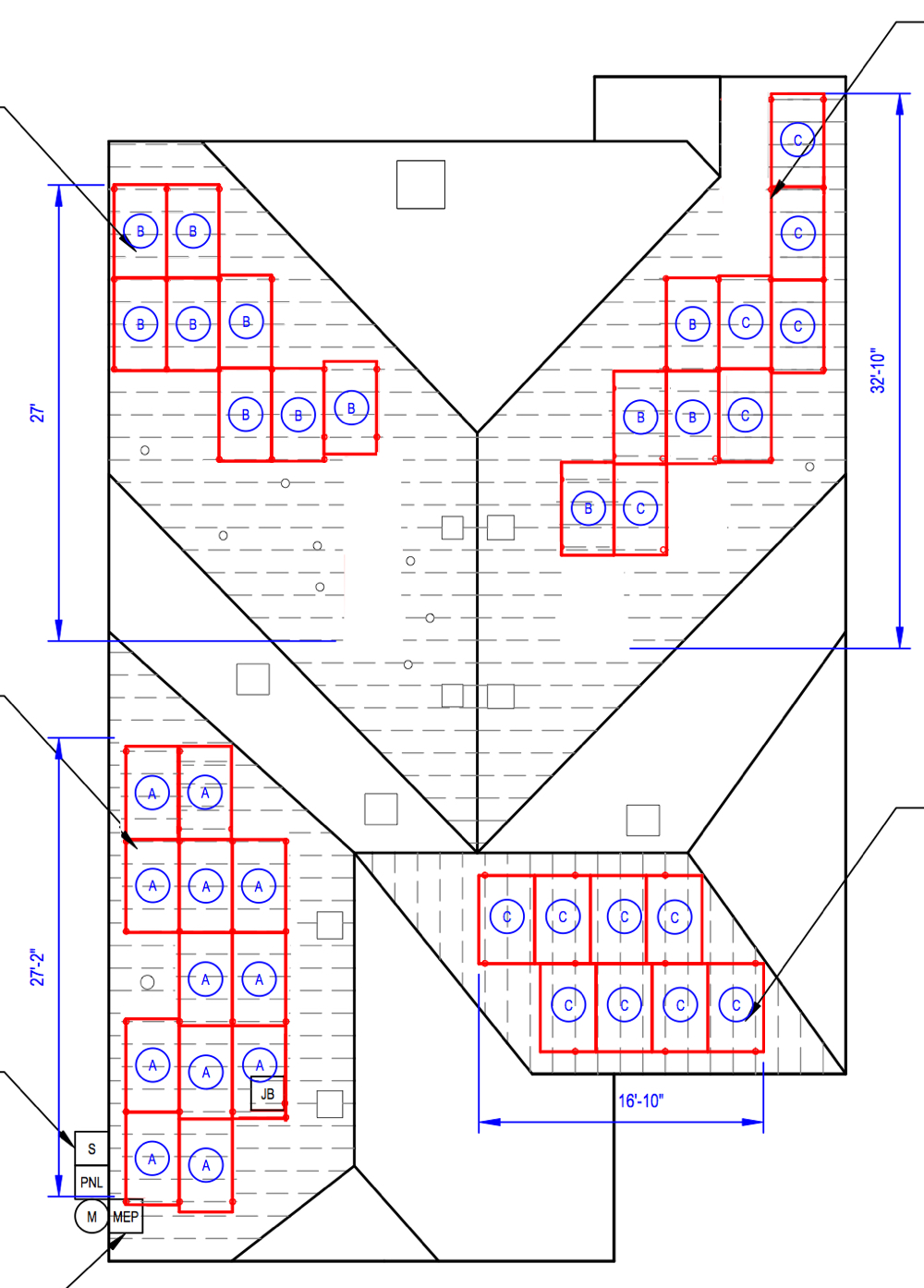
Once the panels were installed, I noticed the actual layout did not match the original plan. I updated the drawing above, to reflect this (using Pixelmator, not a CAD program). I didn’t ask, but I believe the layout had to be changed, due to the micro inverters. Since each micro inverter handles two panels, each panel group would need to have an even number of panels. The Northeast and Southwest groups originally had odd numbers of panels. By moving one, from the Southwest group to the Northeast group, an even number of panels was attained for both groupings.
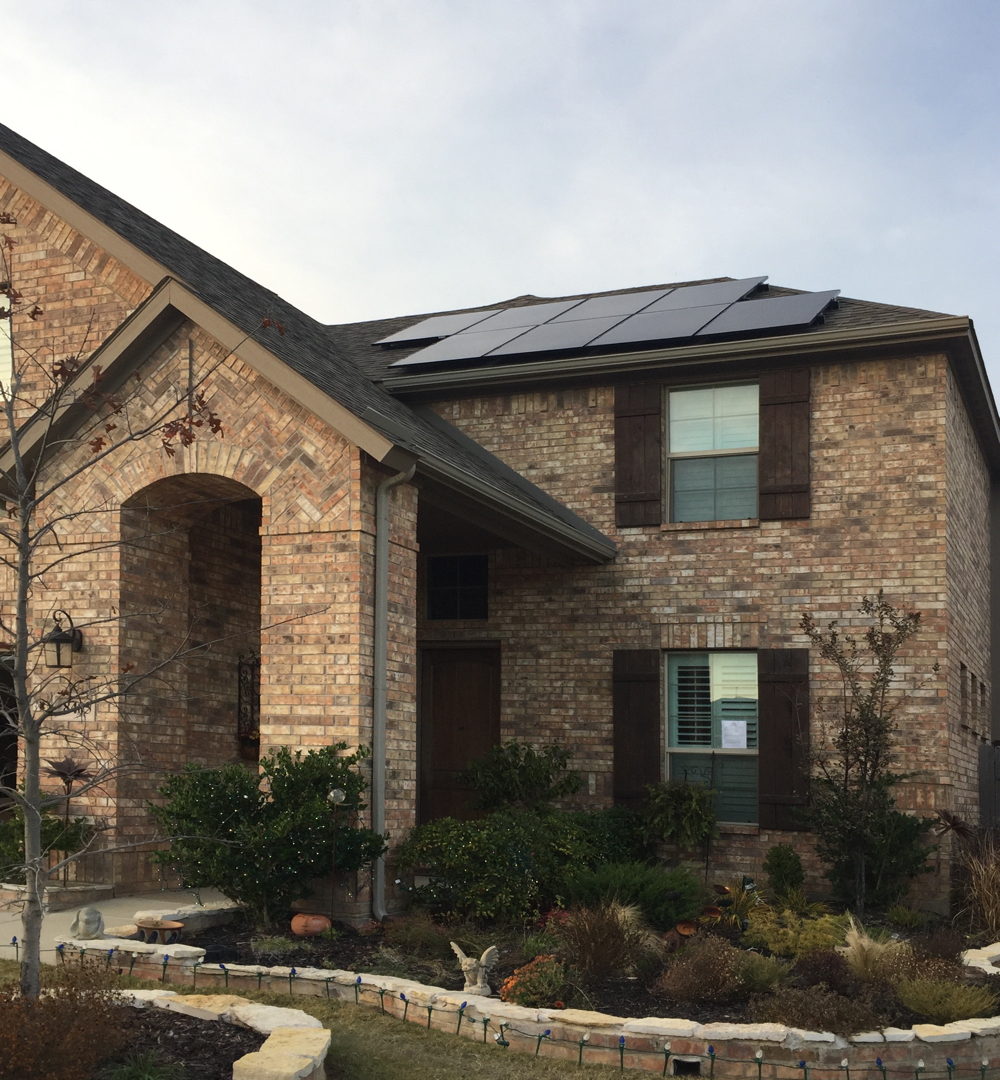
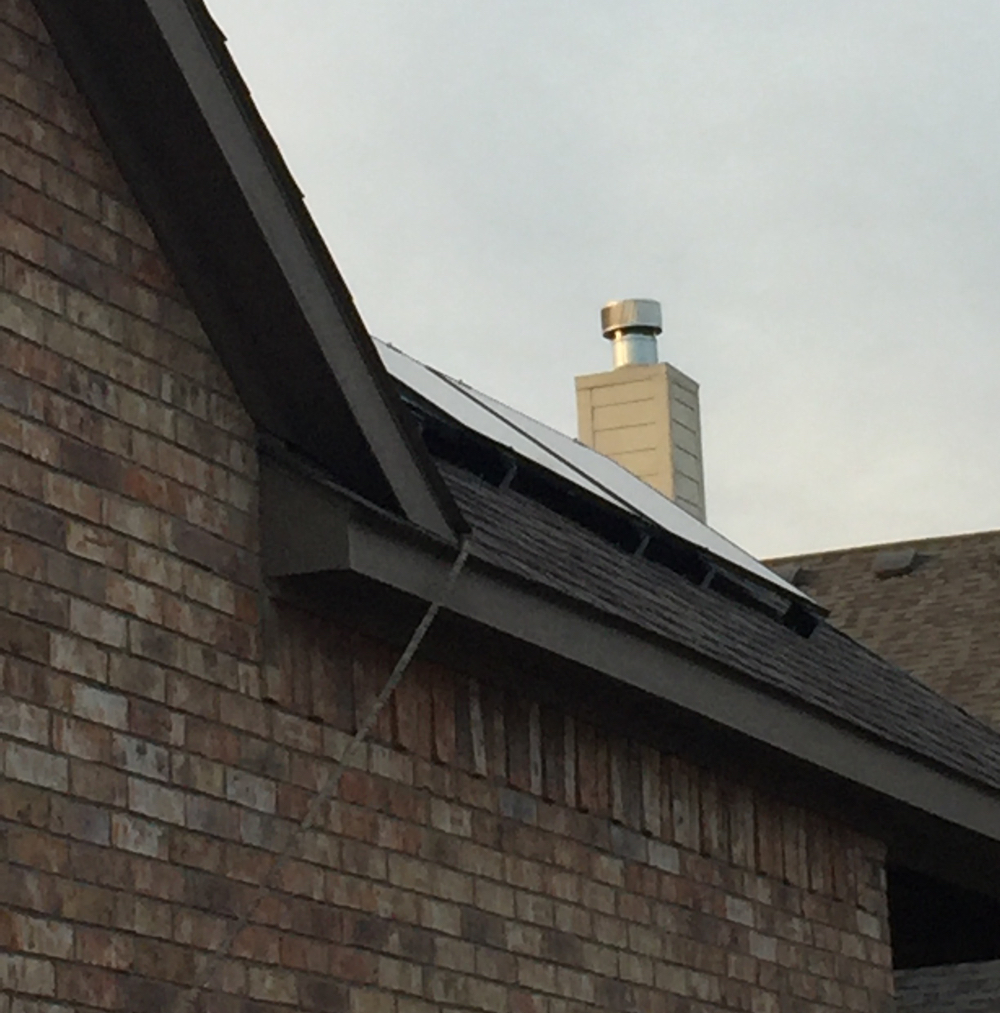
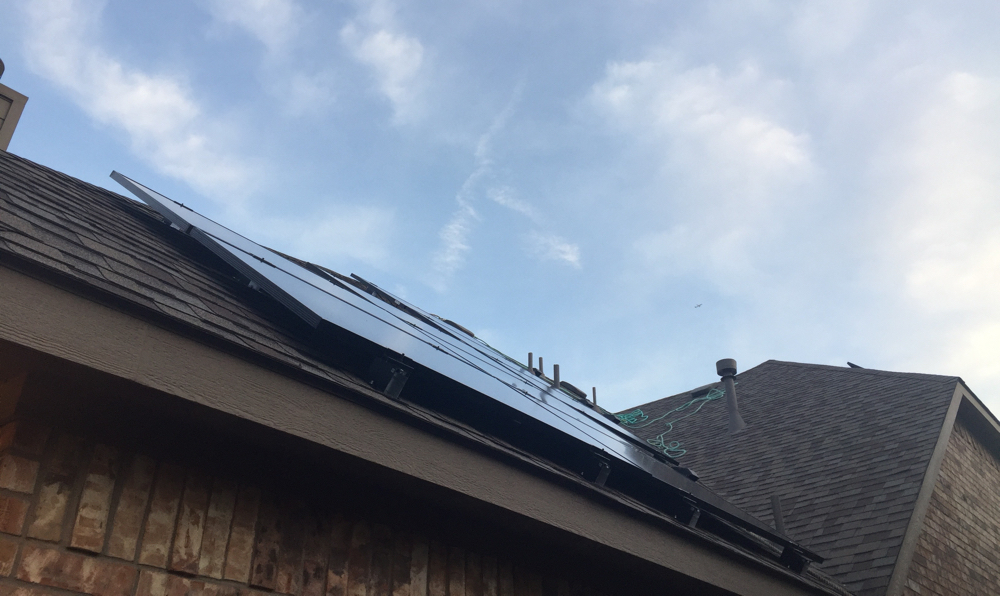
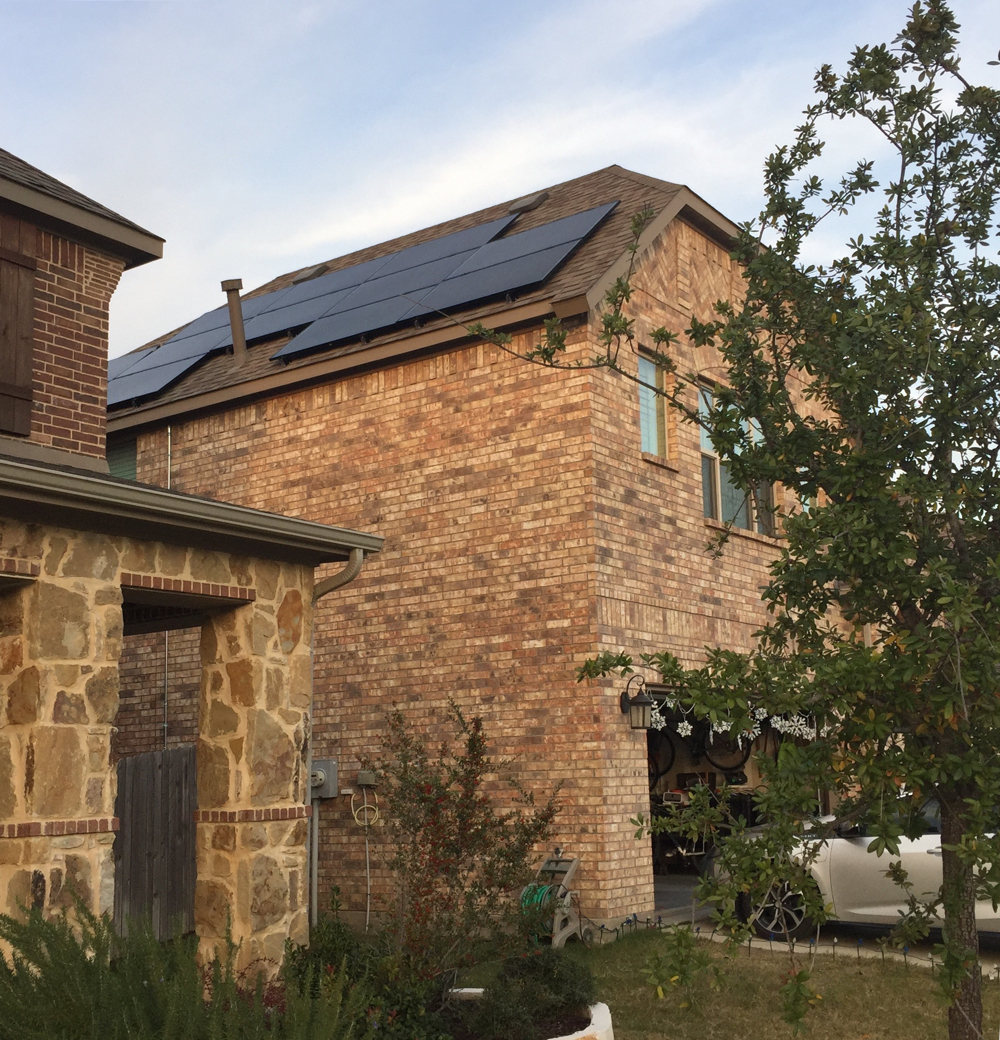
If you would like to contact our solar panel provider, click here to email them.
Just as I did, with my leap-of-faith into plug-in vehicles, I will be meticulously tracking the results of this investment and reporting those results back to you. There are many variables, that have kept me from knowing exactly what the financial impact of the solar panel system will be. In Texas, regulation of the electric industry created three tiers of businesses:
- Electricity generators (coal-burning plants, natural gas fired plants, renewable energy generators (solar/wind/hydrodynamic),
- Electricity delivery companies (transfers electricity generated from the generator to the energy retailer), and
- Energy retailers (those who sell to the end users.)
The end-user (me) deals with the retailers. The retailers buy the electricity from the generators, allowing the end-user to select 100% renewable energy or whatever is cheapest or anything in-between. We have a low priced provider which only pays wholesale rates for any electric overage we generate. This overage is calculated on a monthly basis, so even if we generate much more electricity than we use for a week, but generate less than we use the other weeks of that month, we could have no overage. As I understand it, the electricity we generate replaces demand from the grid, so that doesn’t fall under the wholesale/retail issue, unless we generate an overage for the entire month. However, as the salesperson was answering my questions, I got the distinct impression that they really didn’t understand my questions or didn’t really know the answer. It was like looking for plug-in vehicles, back in 2012.
The electricity delivery company is dictated by where the end-user’s home/business is located. They charge a per-kWh fee to move the electrons around from generator to end-user. This is the company you call, if there is a power outage, power line down or other non-sales issue.
The power source is selected by the retailers and packaged as a product offered to customers. We are on a 100% renewable plan, with a locked rate for three years, of which we’ve used 16 months so far.
Our previous energy provider, and a previous employer of mine, Green Mountain Energy buys back electric overages at full retail, but their per-kWh rate is 3 cents higher. Until I actually receive a bill, with our panels’ energy recorded, I won’t know the best way to proceed. If we terminate our current contract early, we will incur a $300 penalty, but it may be worth it.
Only time will tell. But I will report results, be they good, bad or ugly.

Your current energy provider is who? If you said, I missed it.
The choice of companies which will buy one’s excess solar power is limited in Texas, right? Seems like I remember it is only two or three.
It is my understanding that, unless you live in an area serviced by a co-op, you should have 2 or 3 choices of companies that buy back at full retail. Green Mountain Energy has had a policy to buy at retail, up to a maximum monthly overage of 500 kWh, for many years now.
Hi Buzz – Congratulations on your new solar installation! I know that it has been a long wait in your case because of HOA issues….
Regarding your total consumption (let’s say on a monthly basis), recall before your installation, it was measured as inflow from the grid. Your retail electricity provider (REP) knows this number and provides it on your monthly bill.
As an example, let’s say it is 1,500 kWh. Now, with your solar PV system, there are two additional items that need to be measured; kWh generation from your system and kWh outflow back to the grid. So now, to measure your monthly consumption you need three pieces of information (1) kWh from generation, plus (2) kWh inflow from the grid, minus (3) kWh outflow to the grid. So using that same 1,500 kWh usage example, it might look something like this: 900 kWh from the grid + 1000 kWh generation from PV – 500 kWh outflow to the grid = 1,500 kWh total consumption usage. In the long run, it is important to get fair credit for that 500 kWh outflow to the grid (in this example).
Also – A few key notes:
1. Without a solar installation, your REP knew your total electricity consumption. Now that is not the case. They know your inflow from the grid and possibly your outflow to the grid, but not your generation. You are the only one that has all three pieces of information needed to know, or calculate, your total electricity consumption.)
2. Outflow to the grid is measured and displayed on your Oncor meter. (See this URL for instructions how to read the meter – http://www.askoncor.com/EN/Pages/FAQs/DG-99.4.aspx) It is measured and accumulated realtime. Almost every day, there will be times when you are exporting to the grid because you are generating more at that time than you are using at that time. This outflow is not “netted” against your inflow for the day. It is accumulated and measured separately. That is why it is important to get fair compensation for those kWhs that are flowing back on the grid and going to your closest neighbor.
REPs don’t like you to switch away from them. Switching/churn is one of their biggest expenses. So if your REP doesn’t offer to provide “fair” credit, then tell them you are going to switch if they don’t. It is always worth a try. To find REPs that do offer outflow credits, see http://www.powertochoose.org/en-us/Plan/Offers
Please reach out if you have any questions!
Shine On!
Larry Howe
Plano Solar Advocates volunteer
Thanks for the info. Is there any way to look back over the last few months to see what the outflow has been, or do I have to check the meter daily?
Both the inflow (register 001 on the meter) and the outflow (register 057) are “odometer like”, i.e. the track total values from when the meter was installed, or when it was most recently provisioned. So at this point, your 057 register reading should represent the total exported kWh since your solar PV system was installed. So if you want to track it over a day, week, or month, you subtract the readings for the period of interest to get your inflow or outflow values for that period. If you are a real data nerd like me, then you can also download data from http://www.smartmetertexas.com to do some analysis. Let me know if you want to and I can send you a few examples via email for you to review and then we can discuss.